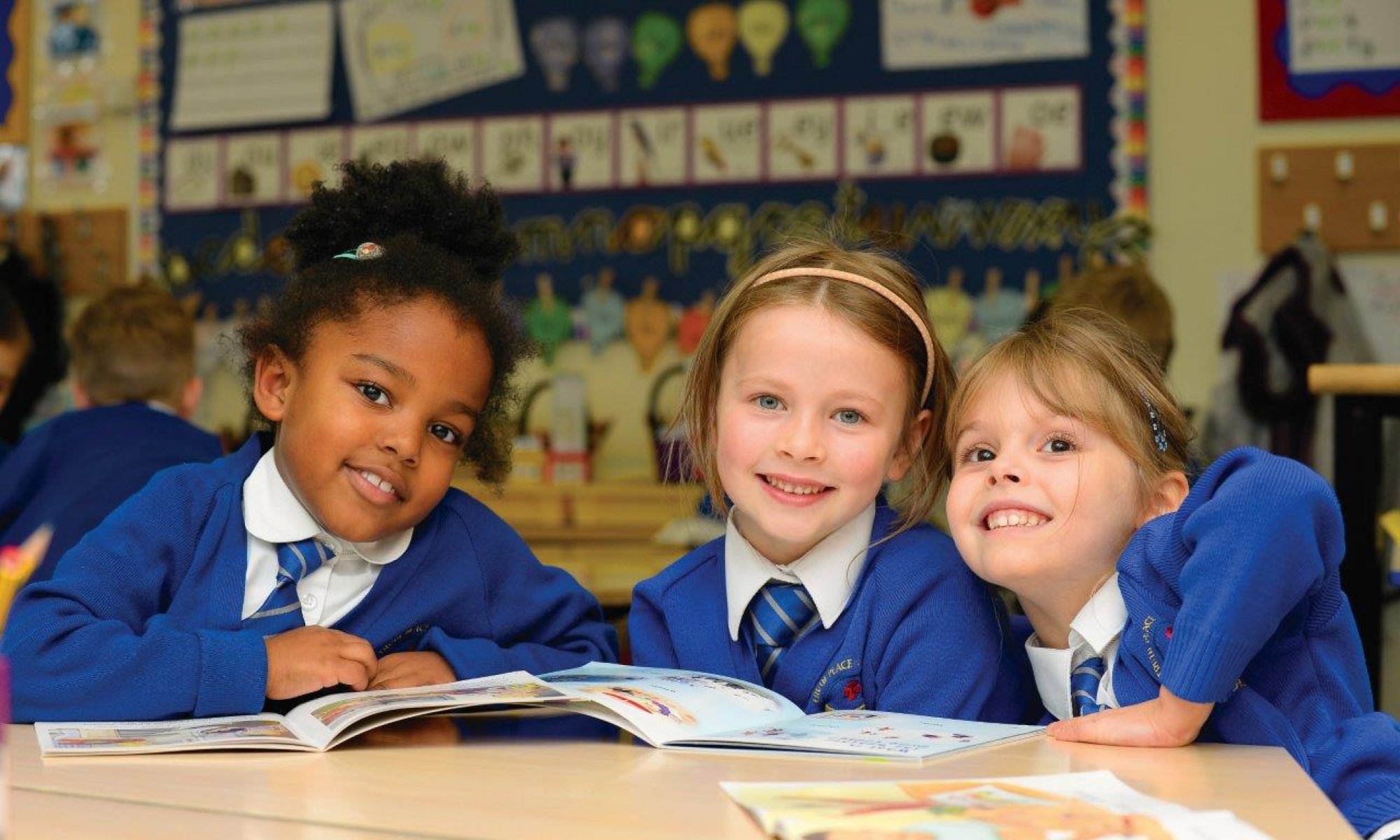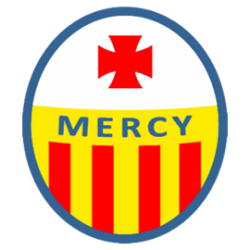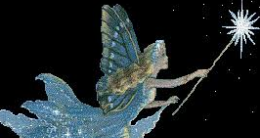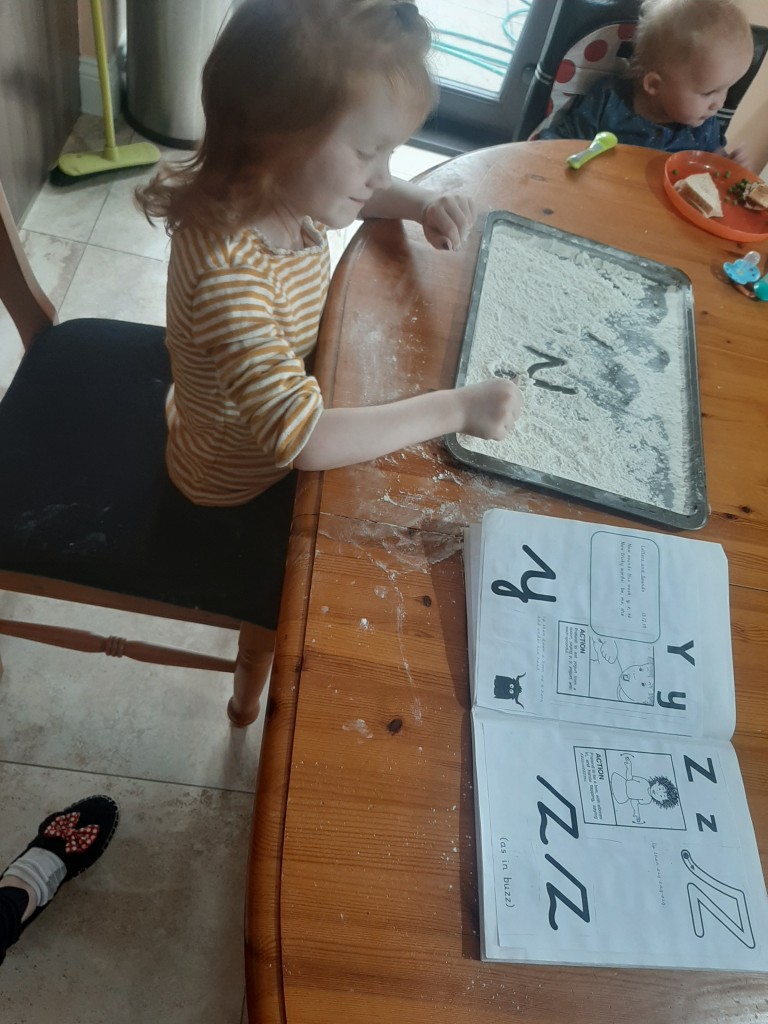Good morning everyone,
I would like to mention a couple of items relating to my blog yesterday.
- Whoops! Friday is Bank Holiday and I planned activities on my timetable. I’ll keep these to a minimum, I realise the day is to coincide with Victory in Europe Day, or VE Day, which marks the 75th anniversary of the end of World War II in Europe. I’ll try to think of something to celebrate the day.
- The 3D shapes mentioned were created using small marshmallows and cocktail sticks. I’m not sure if the photo clearly showed this. It is a fun activity which requires a lot of problem solving.
Here are today’s activities.
Communication and Language/Literacy
Little Red Riding Hood

I have posted a video of myself telling the story, together with a copy of the text. It can be found on the Memo section of Tapestry. I hope your child enjoys it.
Letters and Sounds
Writing like a Jedi
(adapt the theme depending on your child’s interest
eg. pretend to write like a fairy with a wand)
This activity will help your child learn the pre cursive letter formation ‘whoosh writing’ in preparation for Year 1. It’s a fun way to embed the letter pattern. By the way, you can use the same technique to learn numeral formation.
To engage your child’s enthusiasm, you could pretend that you have met Luke Skywalker! You learnt how to become a ’Jedi Writer’. Jedi writing is different to the way that ‘we’ all write. It is amazing because you get to do it with a light sabre!
Use as many props as you have available eg. dressing up, something to represent the light sabre eg. a stick.
What to do:
- Ask your child to stand up.
- Choose a letter and talk about it. Where does this shape/letter start? Then where do we go?
- Introduce the rhyme related to the letter (these can be found in your Letters and Sounds book)
- Look at the letter in your child’s Letters and Sounds book. Ask your child to trace it with their finger.
- Demonstration with your light sabre, talking about all of the ‘essentials’ for effective Jedi Writing: straight back, legs shoulder width apart, big strong movements, no wobbling! Write the letter in the air.
- Ask your child to write the letter in the air with their light sabre.
This initiative was inspired by Alistair Bryce-Clegg (ABC Does) for more information: https://abcdoes.com/abc-does-a-blog/2015/12/12/how-to-write-like-a-jedi-star-wars-inspiration/
You can also ask your child to write with their finger in either flour, shaving foam or sand.
Maths
Where is the wolf?
This activity will help your child learn to use everyday words to describe their position.

What to do:
- Invite your child to help you make and colour a cardboard cut-out wolf.
- Every day, place the wolf in a different position indoors or outside. For example, in front of a cupboard, on top of the table, behind the sofa, high up in a tree.
- Each morning, ask your child to look for the wolf.
- Ask your child to use appropriate words to describe the wolf’s position.
- Occasionally, pretend not to be able to find the wolf and ask for clarification eg. ‘Is he higher or lower than me?’
Or you could play ‘hunt the wolf’ and give your child clues in relation to his position.
Challenge your child to this little problem solving activity:
Little Red Riding Hood filled her basket with goodies for her Grandma. She took 6 apples and 5 biscuits.
How many treats did she take altogether?
You could draw a picture to help you work it out.
For support, change the amount of treats to a total under 10.
For further challenge, use higher numbers.
The World
Investigating materials

What to do:
- Talk about what Little Red Riding Hood was wearing – a cape. ‘What do you think it might be made from?’
- Tell your child that Little Red Riding Hood wants to go and visit her grandma again but it is raining. She needs a new cape that will keep her warm and dry. Can your child suggest the best materials to use for a new cape?
- Show your child a range of materials and discuss which would be best to use and why.
- Test out your child’s ideas by covering the doll with their chosen material and sprinkling or spraying on some water.
- Encourage your child to talk about their ideas, what worked and what did not work so well.
Also encourage your child to think about their own coat. ‘What makes it waterproof?’ ‘What materials are used?’
Hope you all have a great day.
Nicola Palmer




